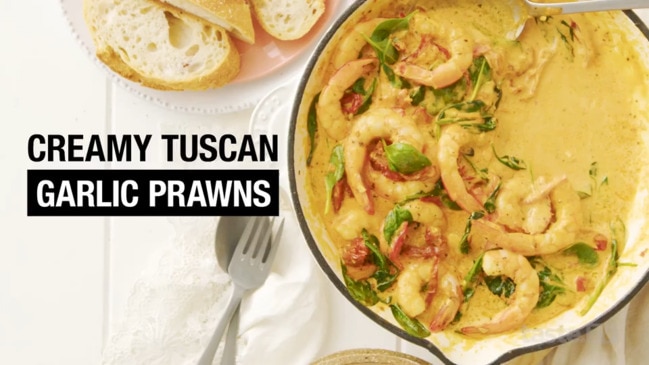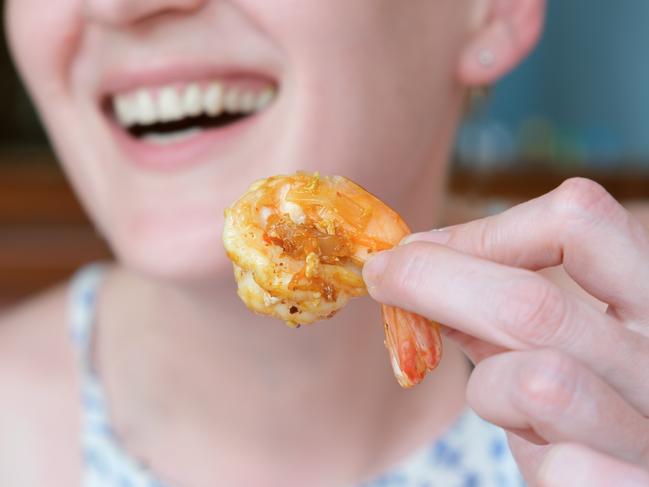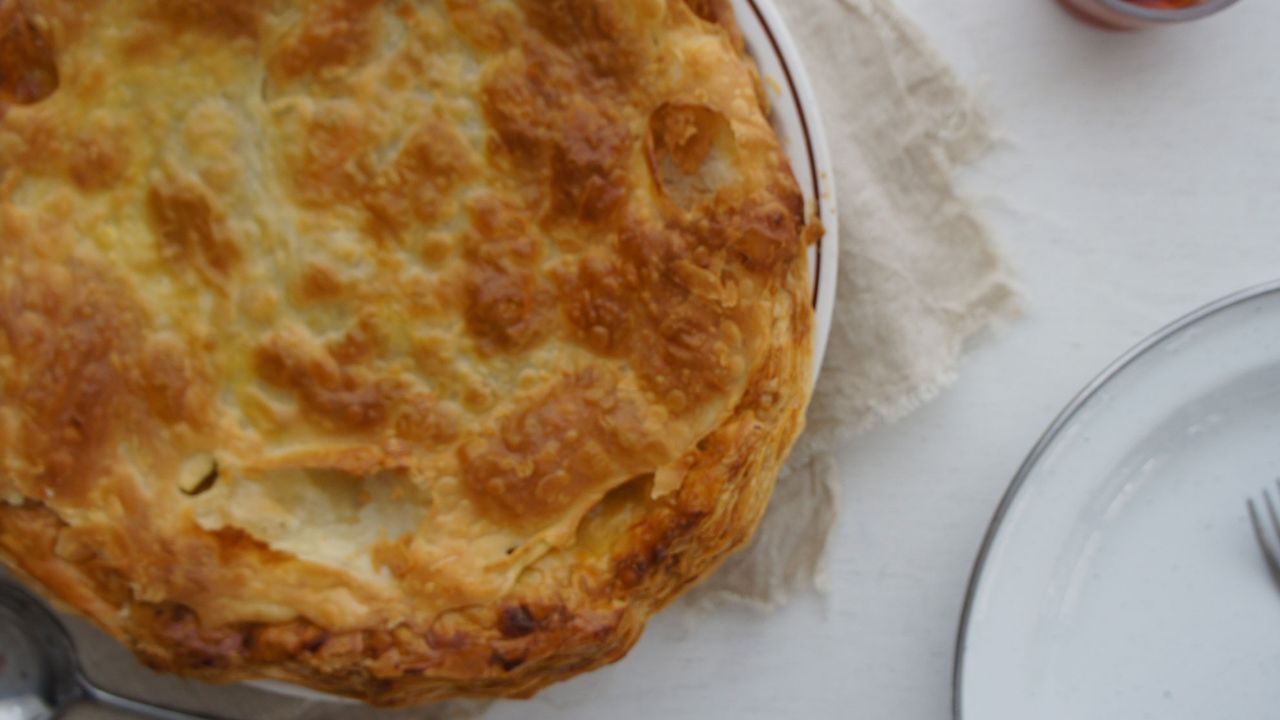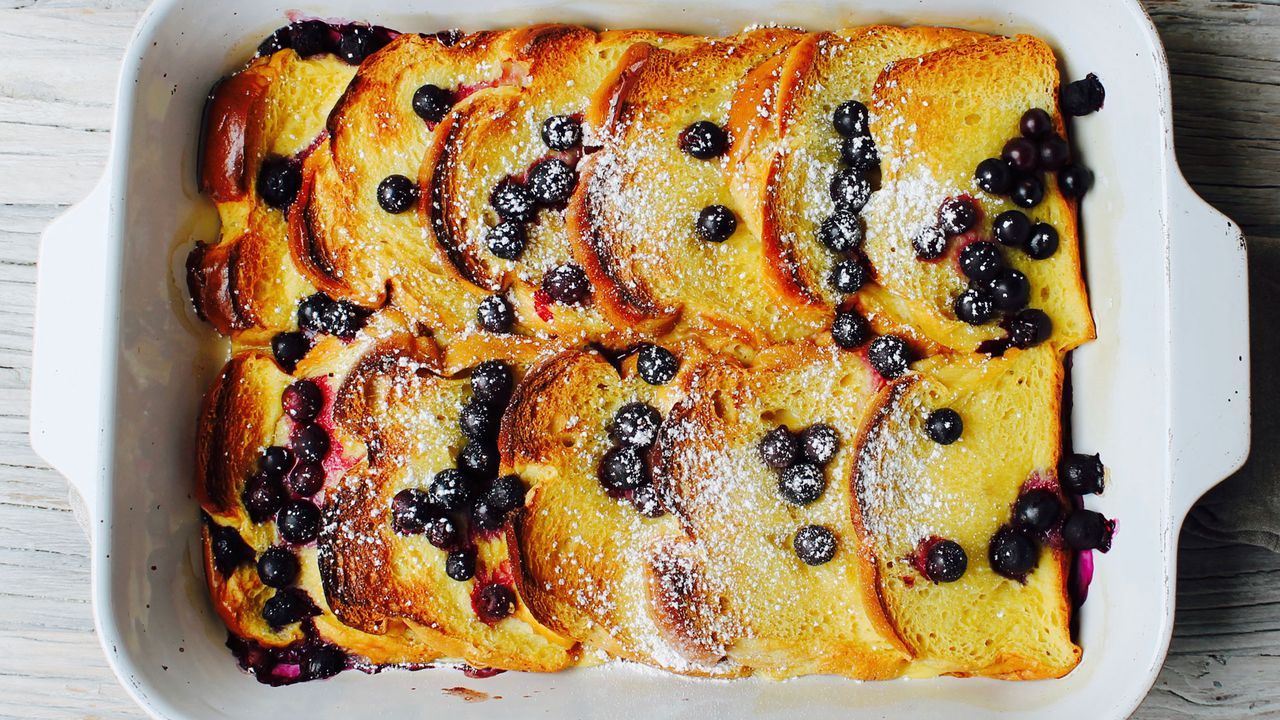Taste.com.au’s complete guide to prawns
Healthy and versatile, prawns are one of summer’s simple pleasures. Learn all you need to know about everyone’s favourite seafood, from buying tips to preparation tricks, with this easy guide.

Food
Don't miss out on the headlines from Food. Followed categories will be added to My News.
From simple sandwiches made with cooked prawns to a party platter of crispy prawns with dipping sauces, they star in a range of delicious dishes that are perfectly suited to the warmer months.
Prawns are quick and easy to prepare, and with a little know-how, you can enjoy them at their best. This guide has all the essentials you need to know, including the different types, what to look for when shopping, and step-by-step preparation techniques, such as how to butterfly prawns for even quicker cooking (also known as prawn cutlets).

Prawn recipe ideas
- Buy cooked prawns to make delicate salads
- Transform green (uncooked) prawns into flavoursome favourites, such as garlic prawns.
- You can also use peeled prawn meat to make prawn mince, which is great for making Asian-style dumplings, patties and skewers.

Buying prawns
Prawns are sold cooked, raw, and frozen. They may be sold in the shell, or peeled (peeled prawns are referred to as prawn meat). As a general guide, 1kg of prawns in the shell provides about 24 medium to large prawns, which equals about 500g of peeled prawn meat.
Here are the three forms of prawns you’ll find available from the seafood counter, and in the frozen seafood section, at supermarkets.
Green prawns: These are uncooked prawns. They have translucent flesh that changes colour when cooked.
Cooked prawns: These prawns are boiled at sea as soon as they’re caught. The flesh is opaque and pale orange.
Frozen prawn meat: These prawns are peeled before being frozen. You can buy them green or cooked.

Different types of prawns
Not all prawns are the same – they vary in size, appearance and flavour. Here’s a guide to the types and how to use them.
1 – King prawns
What are they?
Generally larger than tiger prawns, king prawns are Australia’s most popular prawns. They have moist, medium-firm flesh and a rich flavour. Their tail ends are bright blue when raw.
When to eat them:
Available all year round, king prawns are at their best from late summer to early winter.
How to use them:
Leave king prawns whole in dishes, rather than chopping them, to make the most of their attractive appearance.
Serve whole king prawns cold with a delicious dipping sauce or in a seafood salad.
2 – Tiger prawns
What are they?
Large and flavoursome, tiger prawns have moist, firm flesh and a medium flavour. They have distinctive grey, blue or black stripes that turn red when cooked.
When to eat them:
Tiger prawns are available all year round. They’re at their best from late summer to mid-autumn.
How to use them:
Serve tiger prawns whole with mayonnaise or aïoli to show off their dramatic colour.
Add to soups – their firm flesh holds together well.
Cook on the barbecue or use to make garlic prawns.
3 – Banana prawns
What are they?
These are medium-sized prawns with a sweet, mild flavour. There are two varieties: regular banana prawns have red legs, and white banana prawns have cream and yellow legs.
When to eat them:
Banana prawns are available all year round. They’re at their best in mid-autumn.
How to use them:
Chop banana prawns and use to make prawn cakes or terrines.
Use in Asian dishes – the sweetness of their flesh goes well with spicy flavours.
4 – School prawns
What are they?
Because of their short shelf life, these tiny prawns are almost always sold cooked. They’re moist and very sweet.
When to eat them:
These are available all year round, but are at their peak from late spring to early autumn.
How to use them:
Add peeled cooked school prawns to fried rice.
Use them to make a classic prawn cocktail.

Are prawns healthy
Prawns are good for you. They’re high in protein and eating them is a great way to help make sure you and your family get enough iron, zinc and vitamin E. Prawns also contain heart-friendly omega-3 fatty acids. Cooked using healthy methods such as grilling, steaming and stir-frying, and with “good” fats such as olive oil, they’re also very low in fat and saturated fat.
For more recipe ideas, go to taste.com.au or check out the Taste Test Kitchen now.
Originally published as Taste.com.au’s complete guide to prawns


